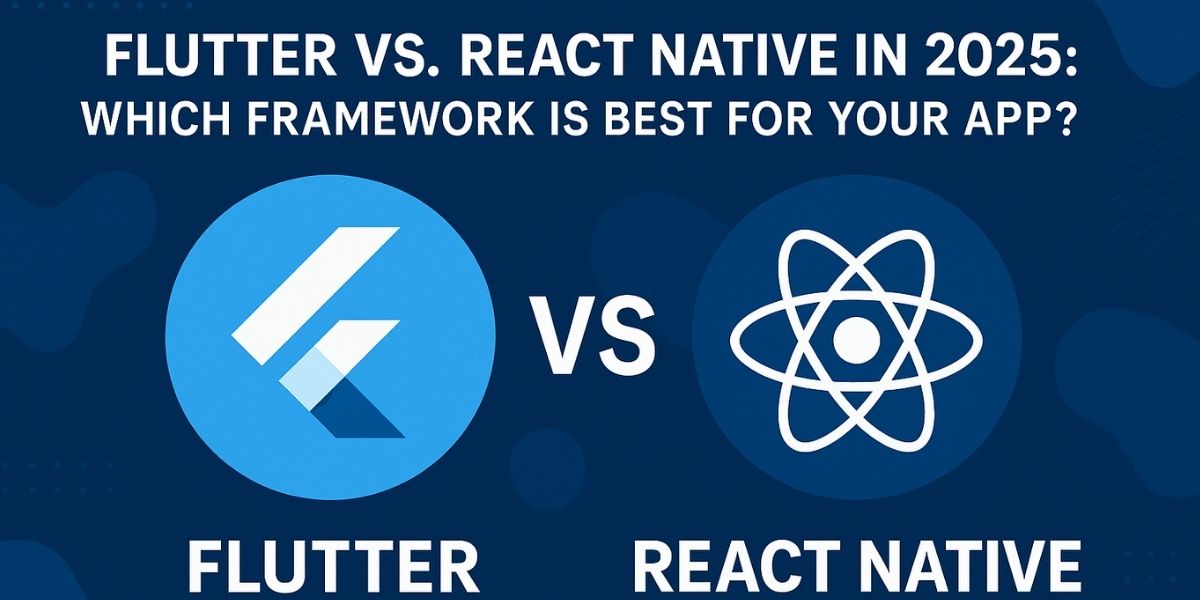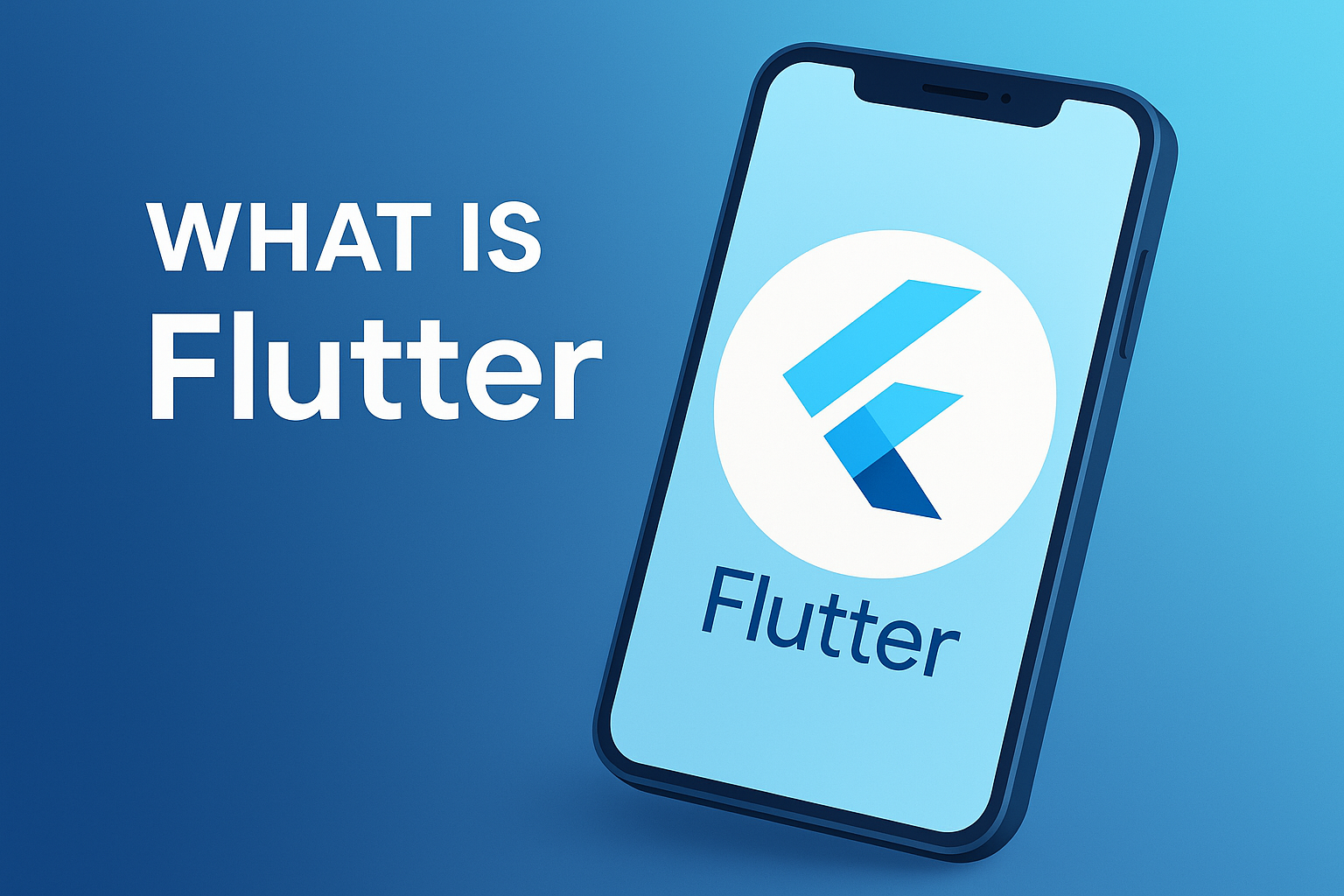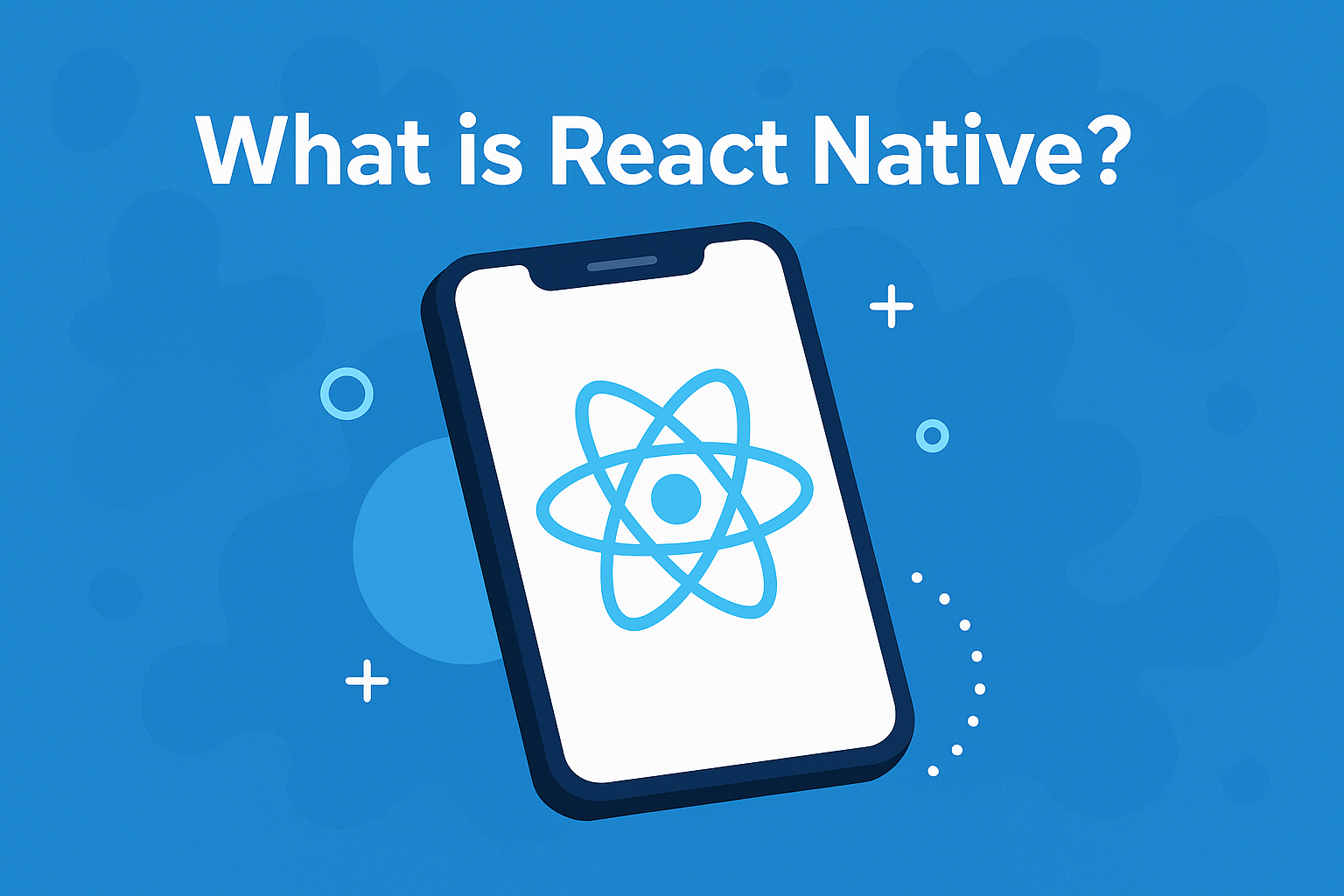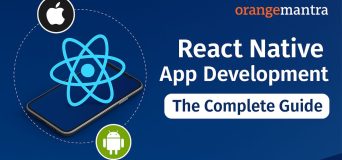
If you want to understand the differences between Flutter vs. React Native, and how they can maximize business benefits, let's get started.
Here’s what you will learn:
In today’s fast-paced digital world, businesses aim to reach a broader audience in the shortest time. That’s where cross-platform app development comes in, enabling companies to build apps for iOS and Android using a single codebase. This reduces development costs and ensures faster time-to-market and simplified maintenance. Two of the leading technologies for cross-platform mobile development are Flutter and React Native. Both are backed by tech giants (Google and Meta, respectively) and offer robust capabilities. This blog provides a detailed, business-friendly comparison of Flutter vs React Native to help you determine which framework is best suited for your app development project.
Read more: Flutter’s Role in Digital Transformation
Table of Contents
What is Flutter?

Flutter is an open-source UI software development toolkit created by Google. So, to build appealing and natively compiled apps for mobile, web, and desktop with a single codebase.
Flutter was developed and is maintained by Google. It was introduced in 2017 with rapid growth in performance, UI/UX, and a growing community.
Programming Language Used
Flutter uses Dart, a modern, object-oriented language also developed by Google. Dart enables ahead-of-time (AOT) compilation, which contributes to its excellent runtime performance.
Key Features
- Hot reload for real-time updates
- Rich set of customizable widgets
- Native-like performance
- Cross-platform support (iOS, Android, Web, Desktop)
- Access to native device features
- Strong community and growing ecosystem
Popular Apps Built Using Flutter
- Google Ads
- Alibaba
- eBay Motors
- BMW
- Reflectly
- Dream11
What is React Native?

In React Native, the latter is a popular open-source framework for cross-platform app development. It allows the reuse of code between the Android and iOS platforms.
React Native was developed by Meta (formerly Facebook) and released in 2015. It has since matured into one of the most widely adopted mobile app frameworks globally.
Programming Language Used
React Native app development uses JavaScript, one of the widely used programming languages for web app development. Developers with React web experience can quickly transition into mobile app development using React Native.
Key Features
- Hot reloading
- Reusable components
- Access to native modules and APIs
- Strong community and library ecosystem
- Active plugin support
- Fast prototyping
Popular Apps Built Using React Native
- Walmart
- Airbnb (initially)
- Discord
- Bloomberg
Why Cross-Platform Development Matters for Businesses?
Cross-platform development is more than a cost-cutting technique; This is a strategic investment. In fast-moving markets, releasing your app a month earlier can turn into a competitive advantage. With a single codebase for both iOS and Android, businesses benefit:
- Rapid deployment- no need to create two completely different apps and test them rapidly.
- Low maintenance cost – update, bug fix, and feature rollout once. Constant branding – uniforms strengthen the brand identity in UI and UX platforms.
- Simplified scaling – It is easy to add new features and expand into new markets.
For startups, it can mean existence in early stages. For enterprises, this means being ahead of the competition with more frequent convenience releases. This is the reason that Flutter vs. Reacts have become known for framework businesses such as indigenous.
Read about: Why Flutter is the Top Choice for Cross-Platform Development
Flutter vs. React Native: A Quick Comparison to Know
Flutter vs. React Native: Operational PerformanceIn Flutter vs. React Native, performance is one of the most critical aspects. And when choosing a mobile development framework for enterprise-grade applications. App Startup Time
Animation Smoothness
Resource Usage (CPU/Memory)
Native vs. Hybrid Feel
BenchmarksWhile both frameworks perform well under most conditions, Flutter often leads slightly in rendering speed and consistency, especially in graphically rich apps. Flutter vs. React Native: Development EfficiencyThe ease of development impacts delivery speed, productivity, and onboarding of new developers. Setup and Configuration
Hot Reload and Debugging
Learning Resources and Documentation
IDEs and Tooling
Flutter vs. React Native: Design & User ExperienceFlutter’s Widget-Based UIFlutter app development offers a rich set of pre-built and customizable widgets. Since it doesn’t rely on native components, developers have complete control over design. React Native Using Native ComponentsReact Native uses the platform’s native components, ensuring apps feel “native” by default. However, this can cause inconsistencies between platforms unless heavily customized. Customization Flexibility
Platform Consistency (iOS/Android)
Flutter vs. React Native: Ecosystem StrengthNumber of Packages/Libraries
GitHub Activity, StackOverflow Questions
Frequency of Updates
Plugin Support
Profit Curve and Business ImpactChoosing between Flutter vs. React Native impacts your entire app lifecycle from development time to time-to-market to long-term maintenance.
Read more: Flutter vs Swift: Best for iOS Development Flutter vs. React Native: But what are the similaritiesHere are the best similarities between the two frameworks.
How do Flutter and React Native help B2B Businesses?FlutterFlutter appeals lie in its pixel-perfect UI and stability of performance on equipment. There is an excellent choice for this:
Cons
Read about: What Makes Flutter Ideal for Mobile App Development React NativeNow, in Flutter vs. React Native in 2025, the latter‘s strength comes from its JavaScript foundation. So, you have to check for:
Cons
Flutter vs. React Native: Future Outlook (2025 and Beyond)The cross-platform development market is set for explosive growth through 2033. Flutter holds roughly 42% market share, with React Native close behind at 38%. Still, job demand favors React Native, which has far more global listings. Flutter 4.0 and DartFlutter is gearing up for its 4.0 release, expected to bring faster rendering via its Impeller engine. For smoother animations and consistent performance across mobile, web, and desktop. Dart’s recent upgrades include null safety, records, pattern matching, and Web Assembly support. As it makes apps safer, lighter, and faster to load. Businesses choosing Flutter gain a single codebase for multiple platforms without compromising UI quality. React Native & ExpoReact Native is evolving with its bridgeless new architecture, Fabric renderer, and Turbo Modules, delivering near-native speed and lower memory use. Paired with Expo SDKs and EAS services, it enables rapid prototyping and straightforward deployments. The deep JavaScript ecosystem offers thousands of ready-to-use packages, making it easier to extend functionality and scale projects. Real-World Case StudiesGoogle ads built with pulsing ensure that the user gets a consistent experience. To check the performance of the campaign easily on an Android Tablet or an iPhone. And this transition resulted in a reported 33% increase in customer satisfaction. Uber Eats uses React Native for its restaurant dashboard to update menus and track orders in real time with a consistent UI across platforms. And gained 47% more user engagement. Which Framework Fits Your Business Best?Here is how Flutter vs. React Native differentiates for your business.
Conclusion:Flutter and React Native are strong bets for cross-platform development. However, Flutter gives you control over the smallest UI detail and outstanding performance. But React Native offers a familiar environment for web developers and a faster path to market with existing resources. The best choice depends on your business priorities, technical expertise, and growth ambitions. Before committing, evaluate the complexity of your app, your timeline, and your budget. FAQsQ1. Is Flutter better than React Native in 2025?It depends on your priorities. Flutter offers exceptional UI consistency, faster rendering, and a single codebase for multiple platforms, making it ideal for visually rich, cross-platform apps. React Native, however, still holds an edge in hiring availability, enterprise adoption, and integration with existing JavaScript projects. Q2. Can I switch from React Native to Flutter?Yes. Migration is possible, but it’s not a simple “convert” process—you’ll need to rebuild parts of your codebase in Dart. The payoff can be better UI control and multi-platform reach, but you should weigh this against migration costs, team training, and project timelines. Q3. Which framework is best for long-term projects?For projects needing mature ecosystems, easier hiring, and proven enterprise trust, React Native is the safer choice. For future-focused apps that demand high performance, pixel-perfect UI, and long-term innovation potential, Flutter offers a strong bet, especially as its adoption continues to rise. Q4. Which is superior, React Native or Flutter?React Native 2025 and Flutter are both good frameworks for creating cross-platform applications. Because of its native compilation, Flutter provides higher performance, yet React Native has a bigger ecosystem and community. Q5. What makes Flutter faster than React Native?Flutter and Swift produce better results than React Native. The cause is iOS’s memory limitations when it comes to IoT compilation. Flutter uses more CPU power, yet nearly equals native in terms of memory usage. Q6. How do Flutter and Native differ from one another?High performance is provided by Flutter, which uses Dart, although it has a smaller development community and less IDE support. Because of its familiar language, React Native, which uses JavaScript, has a larger community and develops more quickly. Q7. Which is superior, Flutter or React Native?React Native is better suited for quick cross-platform development, while Flutter is better for startups and projects that require a uniform look across platforms with a single codebase. React Native may have platform-specific issues, whereas Flutter provides greater performance and consistency across platforms. Q8. Is Flutter expensive?Google’s portable UI toolkit, Flutter, allows developers to create stunning natively built desktop, web, and mobile applications from a single codebase. Flutter is free and open source, works with pre-existing code, and is utilized by developers and organizations globally. |




